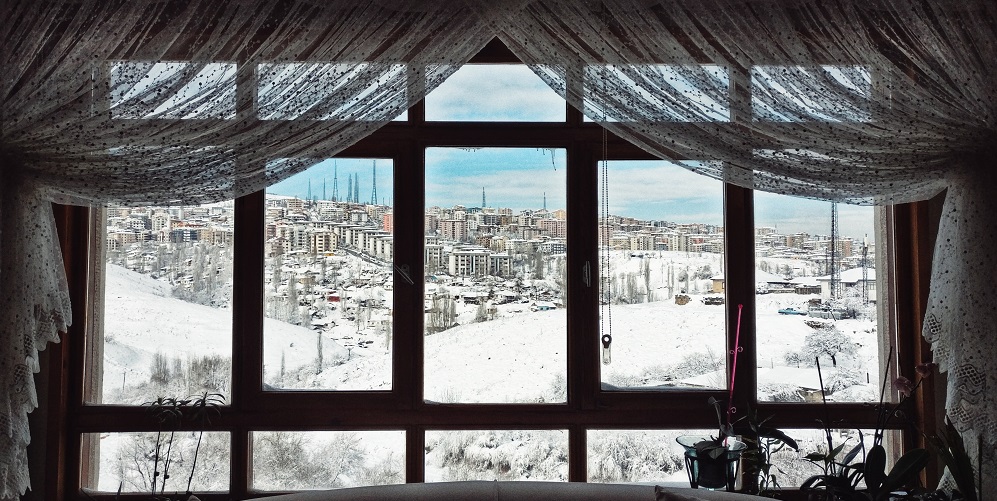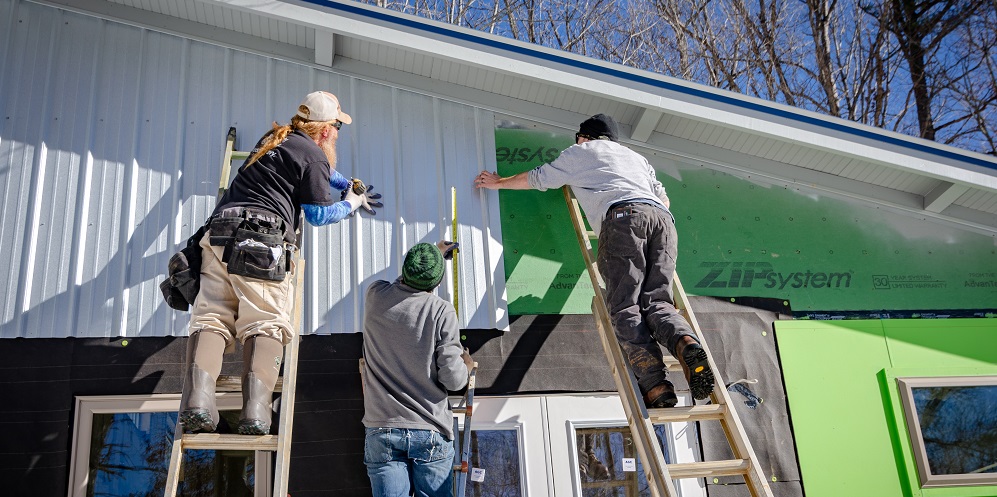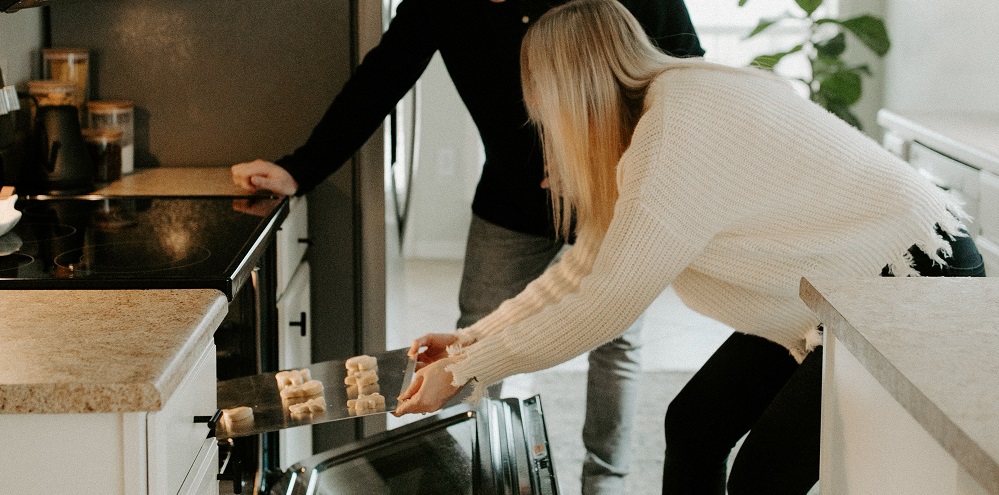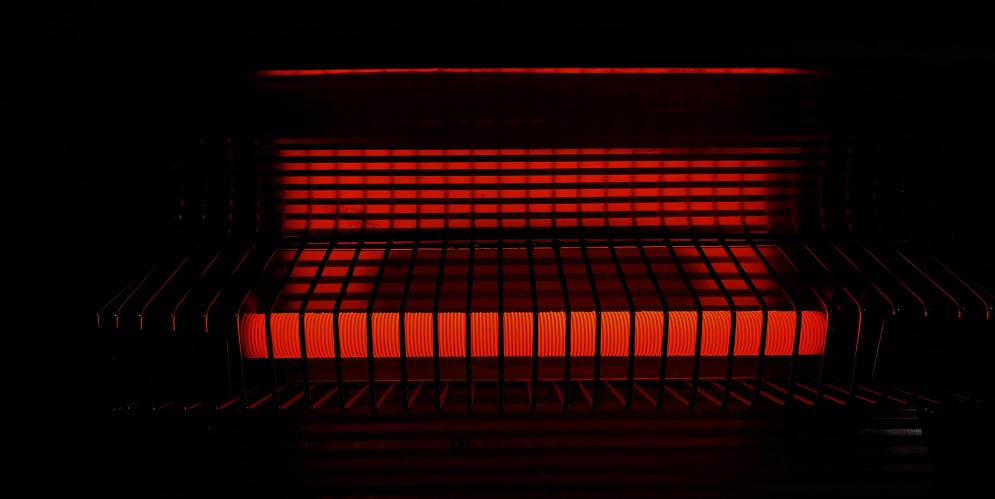Smart Strategies To Save on Your Utility Bills This Winter

Federal Department of Energy data estimates average utility spending of more than $1,400 per year, per household. Chances are, you could make better use of that money elsewhere. If you find your bills increasing as the temperature drops, try these tips to reduce your heating and utility bills during the winter.
Seal Heat-Stealing Gaps
Heat can escape your home through even the smallest cracks and crevices. Seal your windows and doors if you notice drafts in these areas. You can use caulk or purchase various sealing options at your local hardware store.
Windows and doors aren't the only areas where heat can escape. If your ductwork has leaks, the heated air won't make it to the rooms of your home. Have a professional conduct an energy audit so you can fully understand where your home loses heat.
Adding insulation to your home might also help keep the heat inside during the winter. This step often makes sense if you have a drafty attic or addition with limited or ineffective insulation.

Stay in One Area
This might be easier said than done if you live with others, but heating only part of the home can dramatically cut your utility bills. Shut the door and turn on the space heater or open the vents in the room you're using, while closing the vents or turning off the heat in other parts of the house.
[insert page='Offer' display='content']
Wear Layers of Clothing
Your dad was onto something when he lowered the thermostat and told everyone to put on a sweater. Try that strategy in your own home when you want to reduce your heating bills. Bundle up with winter-appropriate clothing like long pants and fleece sweatshirts, but don't go so far as to wear a coat and gloves indoors.

Turn It Down
Speaking of turning down the thermostat, you can save significantly by keeping it low. Try setting the temperature so it automatically adjusts to 68 degrees during the day and 65 degrees at night.
Don't stop there; you can also turn your water heater temperature down to 120 degrees. Doing so can save you $2 or more a month if you currently have it set at 140, according to Department of Energy recommendations.
While you're at it, turn your fridge down to 38 degrees and your freezer at zero degrees. These temps allow your food to retain freshness and your appliances to work more efficiently.

Use Your Oven
Bake your favorite pie, make a roast or simply throw in an easy batch of slice-and-bake cookies. Turning on your oven and letting heat fill the home will keep it feeling toasty inside even if icicles form outdoors. As a bonus, cooking most of your meals at home will save you money.

Review Your Statements
When you get your energy bill in the mail, read it thoroughly. Circle any fees that seem excessive or charges you don't understand. Then, call your utility company and ask to have these fees removed from your bill. You may be able to negotiate a lower monthly payment.

Consider Energy-Efficient Appliances
If your HVAC system needs frequent repairs or doesn't heat your home as expected, it may be nearing the end of its life. If your heater has lasted at least 15 years, consider upgrading to an energy-efficient model. In addition to the utility savings you'll see, you might also qualify for federal and state tax breaks associated with energy-efficient upgrades.

Switch Your Ceiling Fan Blades
Did you know your home's ceiling fan can help warm the room in the winter? Set the blades so they rotate clockwise. When you turn on the fan, it will circulate upward and force the warm air down. Don't forget to switch the blades back to clockwise when summer arrives.

Taking these steps can help reduce your heat spending no matter how low the temperature drops outside.
